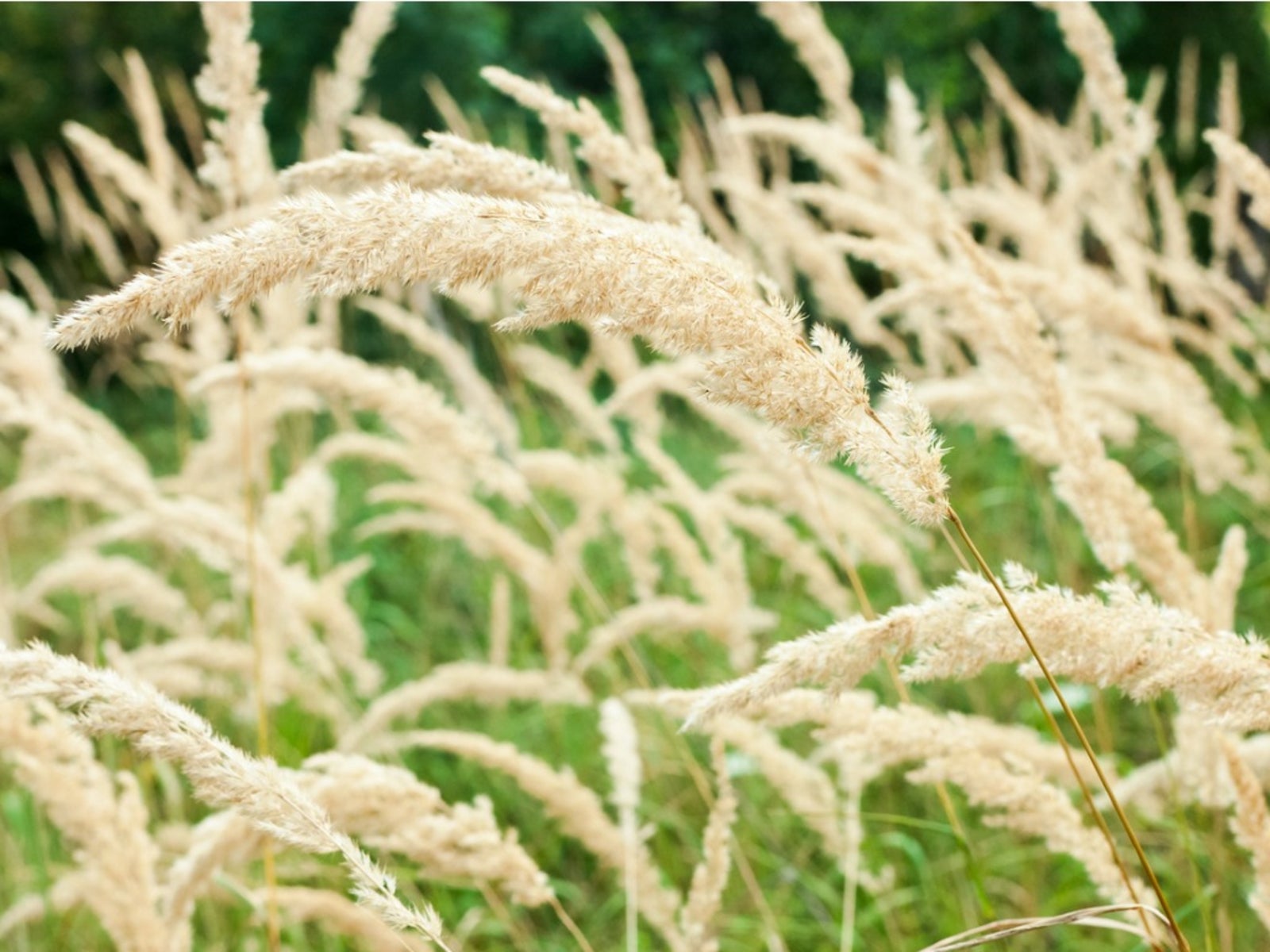Korean Feather Reed Grass Info – Learn How To Grow Korean Reed Grass


For a real jaw dropper, try growing Korean feather grass. This narrow clumping plant has architectural appeal combined with soft, romantic movement via its flower-like plumes. If you live in a deer grazing area, the plant is also not on that ruminants menu. If your interest is piqued, read on for more Korean feather reed grass info.
Korean Feather Reed Grass Info
Korean feather reed grass is scientifically described as Calamagrostis brachytricha. It is native to temperate Asia but performs well in gardens located through USDA zones 4 to 9. This hardy plant is a warm season grass that does most of its growth spring through summer. Unlike many ornamental grasses, this plant prefers a moist location. Try growing Korean feather grass around a pond, water feature, or in an area with light afternoon shade. This feather reed grass is medium sized at only 3 to 4 feet (1 m.) tall. It is a mounding grass with deeply green blades up to ¼ inch (6 mm.) wide. In fall the foliage turns a light yellow, accenting the plumed inflorescences. In late summer, pink fluffy blooms rise above the foliage. The plumes mature to tan as the seeds ripen and will last well into winter, providing unique vertical eye appeal and important wild bird food. Another name for the plant is foxtail grass due to these thick, plump plumes.
How to Grow Korean Reed Grass
Korean reed grass prefers partial to full shade. The grass will tolerate full sun if it receives adequate moisture. Soil may be almost any composition but should hold moisture and be fertile. The plant self-seeds but is seldom a nuisance. Remove the plumes before the seeds become ripe if the plant spreads too readily. Korean feather reed grass looks impressive when planted en masse or can stand alone in containers or perennial beds. This reed grass will perform exceptionally well around any water feature. Its roots are fibrous, and most are near the surface of the soil, easily harvesting rainfall or irrigation water.
Care of Korean Feather Reed Grass
Korean reed grass is very low maintenance, a welcome trait in ornamental plants. It has few pest or disease problems, although fungal spots can occur in prolonged periods of wet, warm weather. The flowery plumes last into early winter but take a beating in areas of heavy snow and wind. Lop them off with the rest of the foliage to within 6 inches (15 cm.) of the crown in late winter to early spring. Removing the battered leaves and flowering stems lets the new growth have room and enhances the appearance of the plant.
Sign up for the Gardening Know How newsletter today and receive a free copy of our e-book "How to Grow Delicious Tomatoes".

Bonnie Grant is a professional landscaper with a Certification in Urban Gardening. She has been gardening and writing for 15 years. A former professional chef, she has a passion for edible landscaping.